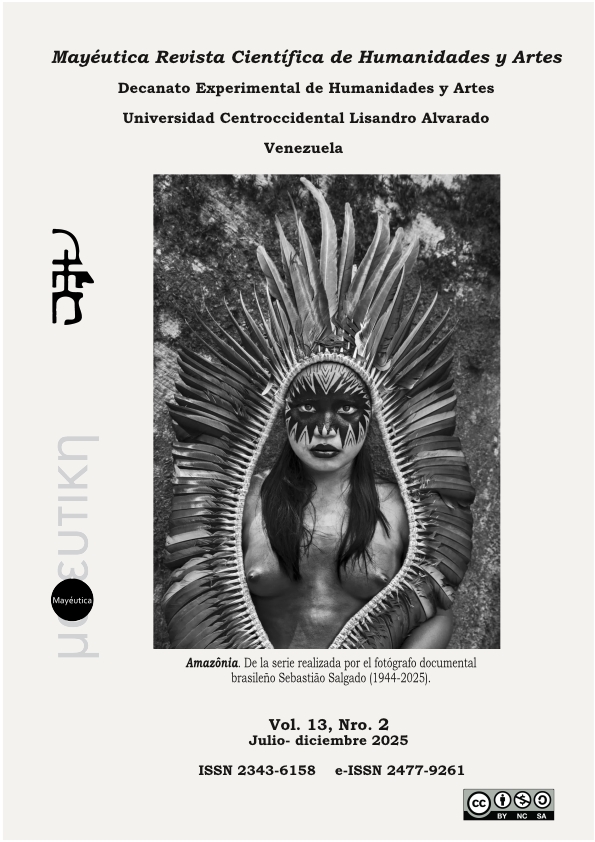Sebastião Salgado
“contradictory photographer”
DOI:
https://doi.org/10.5281/zenodo.16891065Keywords:
Sebastião Salgado, photo essay, documentary photographyAbstract
Photojournalist Sebastião Salgado (1944–2025) was renowned for his black-and-white series dedicated to labor (he became famous for his essay on the mines of Sierra Pelada, in Pará, Brazil), famine in Ethiopia, genocide in Rwanda, and other realities about the living conditions of the most vulnerable people in the many poor countries where he developed his vast photographic work. His photographs, charged with a mixture of emotion, beauty, and sadness, are published in books such as Other Americas (Contrejour and ELR, 1986), Workers (Phaidon, 1993), and in his projects Exodus (2005) and Genesis (2013), the latter dedicated to environmental protection.
Translated with DeepL.com (free version)
Downloads
References
Colorado, o. (23 de febrero de 2013). Sebastião Salgado: entre la fama y la sospecha. Oscarenfotos.https://oscarenfotos.com/2013/02/23/sebastiaosalgado/
Published
How to Cite
Issue
Section

This work is licensed under a Creative Commons Attribution-NonCommercial-ShareAlike 4.0 International License.





